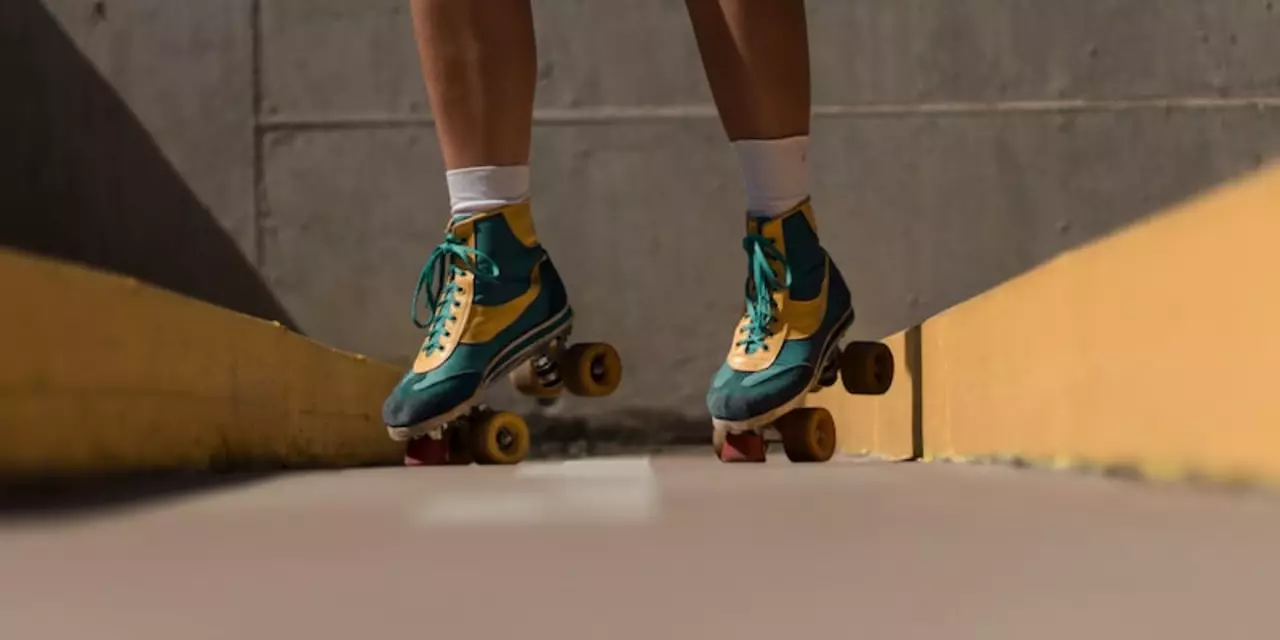Skateboarding Practice Tips to Level Up Quickly
If you want to land that new trick or just ride smoother, the secret isn’t magic – it’s consistent practice. Most skaters think they need crazy gear or endless park time, but real progress comes from focused, short sessions that target the moves you struggle with. Below you’ll find a straightforward plan you can start today, no matter if you’re a beginner or an experienced rider.
Set Up a Simple Practice Routine
First, decide how much time you can realistically spend on your board each week. Ten to fifteen minutes a day beats three hours once a month because your muscles remember the pattern better. Write a quick schedule:
- Warm‑up (2‑3 min): roll a few laps, practice shifting weight.
- Skill focus (8‑10 min): pick one trick – ollie, kick‑turn, or grind – and break it into parts.
- Cool‑down (2‑3 min): ride around, stretch your calves, and note what felt good.
Keep a small notebook or phone note with the trick you’re working on and a short comment after each session. Seeing progress on paper is a huge confidence boost.
Essential Drills for Every Skater
1. Ollie Breakdown – Start on a flat surface. Put your front foot near the middle and your back foot on the tail. Practice just popping the tail and sliding the front foot up, without fully lifting the board. Do this 20 times, then add the lift. The key is a clean pop; height follows.
2. Pumping on a Small Ramp – Find a low mini‑ramp or a smooth curb. Ride up with a gentle push, then shift your weight forward on the downswing. Pumping builds momentum without needing to push off the ground, and it trains balance.
3. Manual Control – Place both wheels on the ground, lift the front wheels a few inches, and roll a few meters. Once comfortable, try a longer manual, focusing on keeping your shoulders level and eyes ahead. This drill improves stability for any trick that lands on one set of wheels.
4. Foot Placement Consistency – While standing still, place your front foot exactly where you’d set it for an ollie, then step off, repeat 10 times. Muscle memory for foot placement removes hesitation when you try the trick.
Mix these drills into your weekly routine, swapping out the focus trick each session. That way you avoid boredom and keep all parts of your skill set sharp.
Remember to wear proper safety gear during practice – a good pair of shoes with grip, knee pads, and a helmet if you’re trying something high. The gear won’t make you better, but it will keep you from taking a break because of injuries.
Finally, film yourself. A quick phone video lets you spot tiny errors – like a foot slipping or shoulders twisting – that you can’t feel while riding. Even a 30‑second clip gives you a clear picture of what to fix next time.
Stick to this routine for a few weeks, listen to your body, and adjust the time or drills as needed. Consistent, focused practice will bring the tricks you want into reach faster than any endless grind at the park. Happy riding!
How long should I practice roller skating every day?
- Caden Lockhart
- |
- |
- 0
Roller skating is a great way to get exercise and have fun. In order to become a proficient skater, it is important to practice regularly. The amount of time spent practicing will depend on the individual's level of experience, desired skill level, and overall goals. Beginners should start with 10 to 15 minutes of practice per day while more advanced skaters may benefit from up to an hour of practice. Incorporating drills into practice sessions can help to improve technique and build strength. With consistent practice, roller skaters of all levels can improve their skill and confidence.
View more